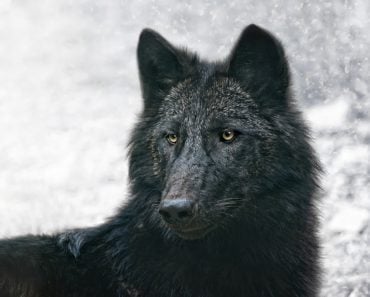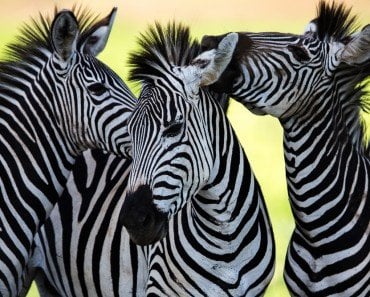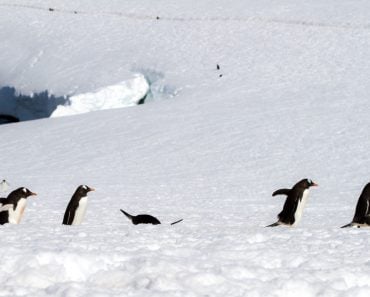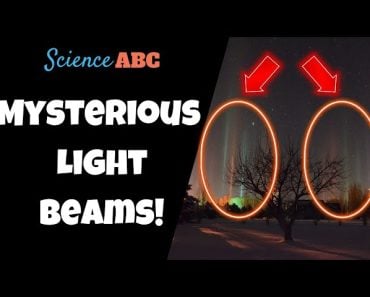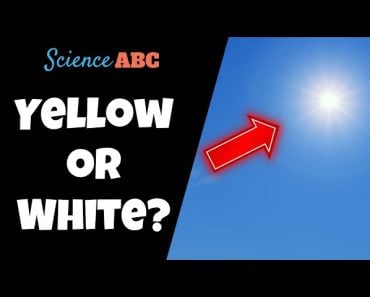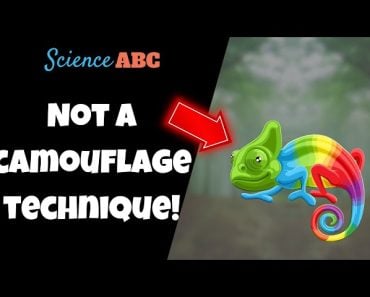Polar bears blend in with their snowy environment, and though the snow around them is white, their hair is not. So why do they appear white?
You would probably have a hard time spotting the big, burly bears of the North Pole in their natural habitat. You may actually mistake them for a huge pile of snow, unless they decide to poke out their black noses!
Now, if I were to ask you the color of the polar bear’s fur, you’d probably say, “White, obviously!” However, nature lives up to its reputation for playing tricks on us, and this is one such case.
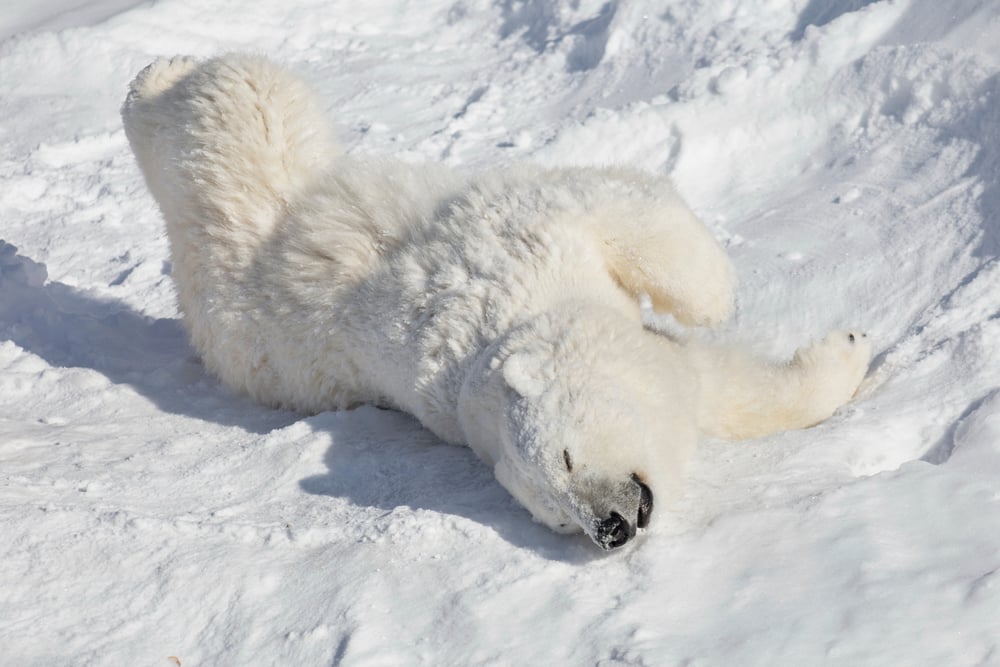
Recommended Video for you:
What Is A Polar Bear’s Fur Like?
You’ll never hear a polar bear exclaim, “Brrrr, it’s cold.” They’ve adapted that well to the bone-chilling temperatures of the Arctic. Each bear dons a double-layered coat of fur. Come midwinter, the coat becomes so thick that each square inch of it has about 9-16 hair strands. The course outer hair of a polar bear protects its undercoat and is called guard hair. It is these layers that are responsible for the actual color of the bear’s fur.
Every single strand of guard hair is transparent, meaning it has a hollow core with no colored pigments. The undercoat, which is a layer comprising thinner hair, is also colorless, but unlike guard hair, it isn’t hollow.
These physical properties of the hair allow it to use light in a way that is very beneficial to its defense and predatory strategy of camouflaging.
If The Fur Isn’t White, Why Does It Look White?
If the hair of these bears is hollow and colorless, why does it appear so white? The answer lies in the physics of light. The hollow guard hair absorbs the light that the sun bathes the bear in, creating optical tricks.
Light Scattering
When a ray of light encounters an obstacle, it undergoes a deviation in its direction, thereby getting scattered. Short wavelengths of light tend to get more scattered than longer wavelengths. Sunrises and sunsets, and the colorful hues they create, are examples of this light-scattering phenomena.
When the sun’s rays hit the transparent fur of a polar bear, each hair shaft will absorb some amount of light. Each fiber of hair has several scattering points that act like individual obstacles.
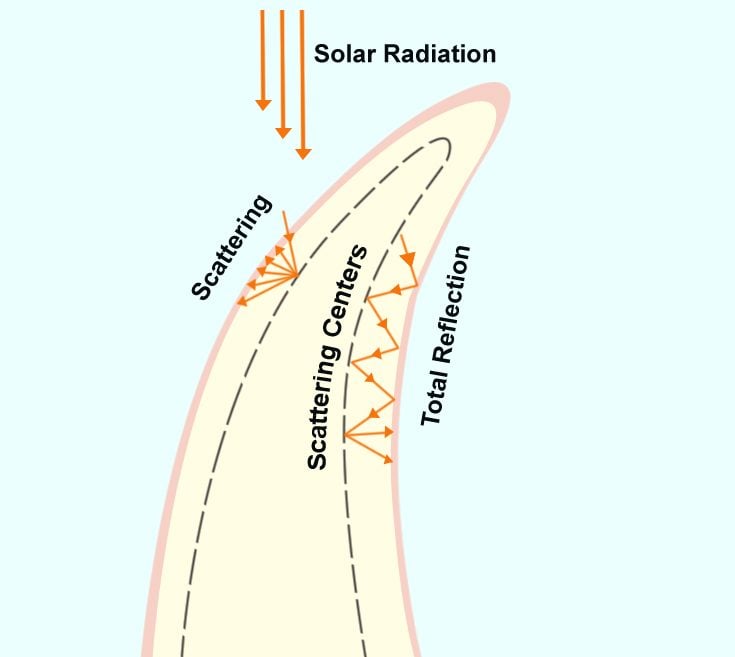
Upon collision with these points, light starts to bounce off against the inner walls of the hair shaft, setting off a chain of scatterings. Subsequently, this scattering effect further compounds, as the scattering in the other hair shafts is sustained by the ones present in the vicinity. This helps in amplifying the scattering effect of the fur.
The back-scattered light is therefore a result of the reflection of all wavelengths of the visible range. Since none of the wavelengths get absorbed, our eyes perceive the emanating light as white.
Does scattering and reflection happen to other animals with white fur? To find out, scientists tested the hair strands from different white and furry animals and found that only the polar bear’s hair strand had a tube-like core with several scattering points inside.
The light can become more intensified, due to more light-scattering particles, like the keratin protein and other salt particles that make up the strand of hair. Polar bears can even collect these salt particles while they’re out swimming in salty ocean water. More salt crystals on the hair means more light scattering on the hair’s surface.
The material that makes up our hair, skin and nails, also makes up the hair or fur of the polar bear. Emanating a slightly whitish color, this keratin protein reinforces the white of the bear’s fur.
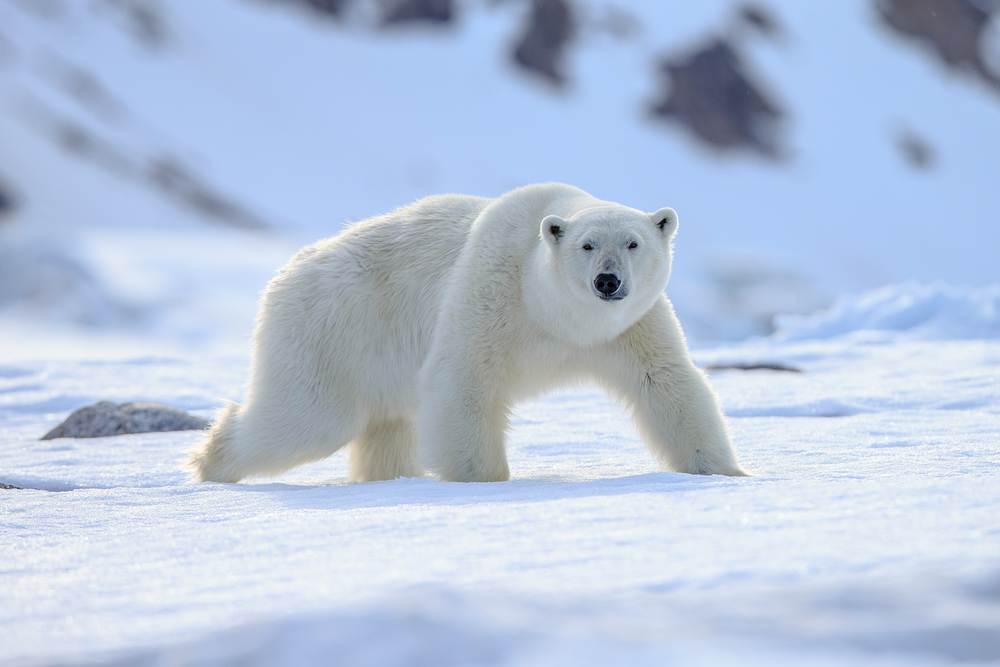
Is The Polar Bear’s Skin White?
Beneath all the fur lies… black skin! If you were to shave a polar bear, it would look much like its cousin, the black bear.
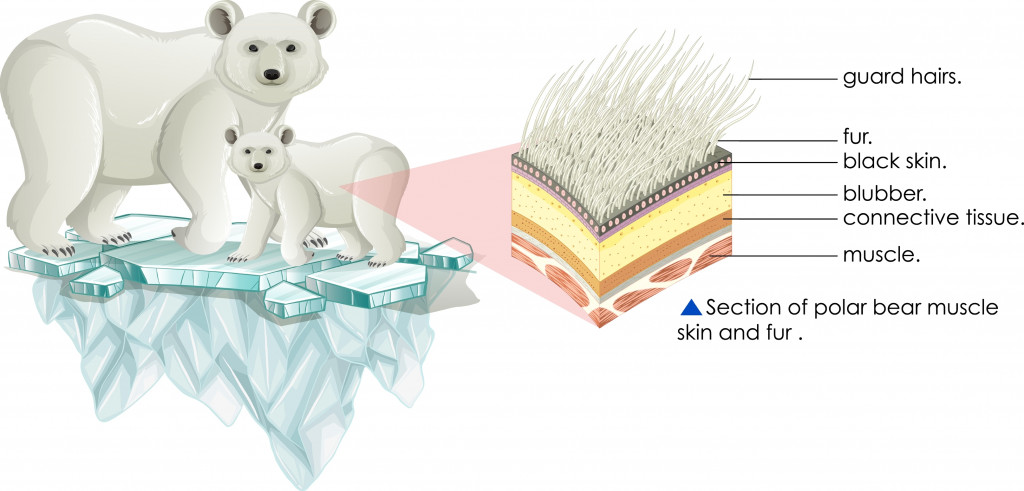
When light rays come in contact with the thick fur of the polar bear, only a small amount of light is back scattered. The rest of the light gets absorbed, owing to the strong absorptive property of the bear’s black skin.
A polar bear’s fur will absorb much of the UV light that strikes it. We put on sunscreen to protect ourselves from harmful UV rays, but polar bears use UV rays to their advantage. With an astonishing 95% efficiency, their white fur is capable of converting solar radiation into heat, which gives the bears some much-needed warmth.
Yellow, Gray, Orange, Brown… How Do You Like Your Polar Bear?
As stated before, direct sunlight makes for a whiter polar bear, but what if it’s a cloudy and gloomy day? You’d see the polar bear look pale and grey too! Drawing from the reflective nature of the polar bear’s hair, it only makes sense that their fur looks slightly like the color it is under. At sunset, you might even witness bears with a red or orange appearance.
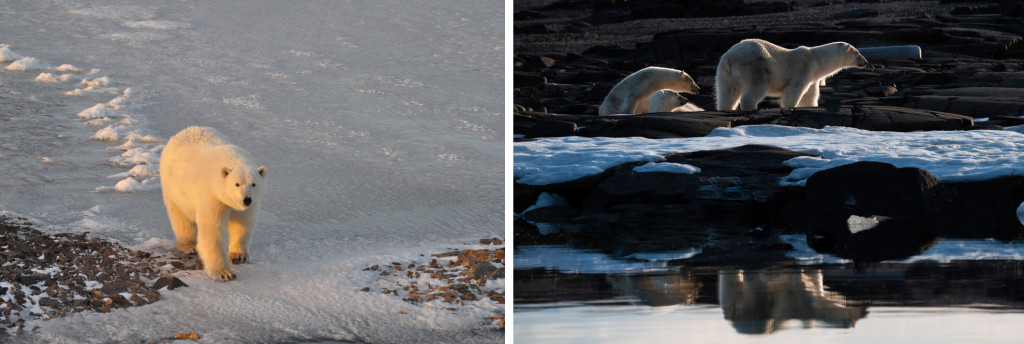
Green Polar Bears?
If this sounds ridiculous, you’re not alone. Everyone was surprised to see some captive polar bears turn green, but there’s a valid explanation for this.
When polar bears are housed in concrete pens in the zoo, their fur becomes more prone to scratches from all the rolling around that they do. This causes the formation of tiny holes in the hair strands that allow pond algae to get inside and breed within the hair strand, and where there’s algae, there’s some green. This does not happen in the Arctic, as there’s absolutely no way these algae can survive such frigid temperatures.
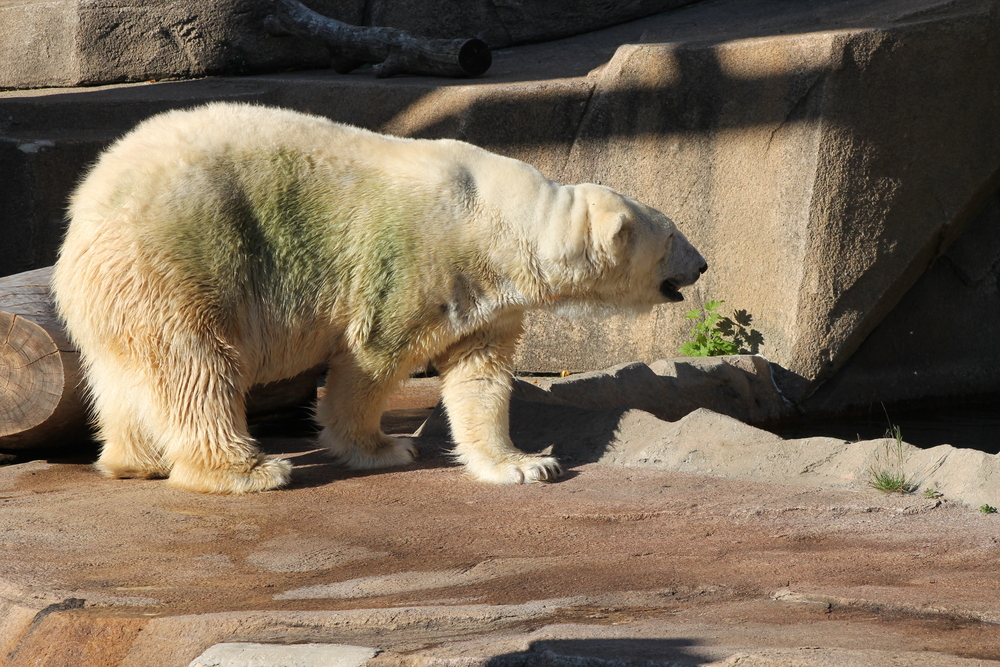
A Final Word
Seeing the many ways polar bear fur can use the science of light to change colors, people thought that some optical properties could also be associated with them. However, after a few experiments, this was deemed not to be the case.
Like every other scientific discovery, the color-changing fur of a polar bear shocked most of world. It truly is amazing to see the lengths to which a creature adapts to increase its odds of surviving. These great white bears aren’t just ambassadors of the North, but also color-manipulating masters of deception!
References (click to expand)
- Khattab, M. Q., Biomimetics in Energy Systems, Carinthia University of Applied Sciences, Europastrasse 4, 9524 Villach, Austria, & Tributsch, H. (2016, January 27). Fibre-Optical Light Scattering Technology in Polar Bear Hair: A Re-Evaluation and New Results. Journal of Advanced Biotechnology and Bioengineering. Synergy Publishers.
- Smith, T. S., Amstrup, S. C., Kirschhoffer, B. J., & York, G. (2020, February 27). Efficacy of aerial forward-looking infrared surveys for detecting polar bear maternal dens. (L. Bartos, Ed.), Plos One. Public Library of Science (PLoS).
- New Research Reveals How Polar Bears Stay Warm. insidescience.org
- LEWIN, R. A., & ROBINSON, P. T. (1979, March). The greening of polar bears in zoos. Nature. Springer Science and Business Media LLC.
- PL Clarkson. Polar Bear - University of Alberta. The University of Alberta
- https://synergypublishers.com/?file=1&did=25778&vp_edd_act=download&expire=MTY2MjAxNzMyOQ%3D%3D
- Hair, Glorious Hair - National Wildlife Federation. The National Wildlife Federation

